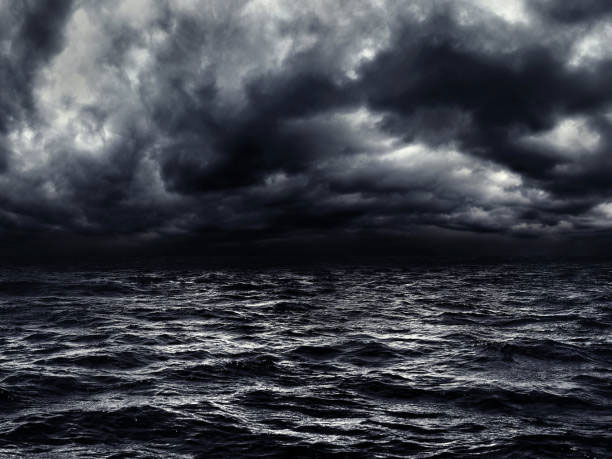Detecting an unprecedented storm named: 'Atmospheric lake'
Scientists have discovered a new type of weather: an atmospheric lake. In the atmospheric lake there are small, slow-moving pools of water that form rainstorms.
Currently this type of storm occurs in the western Indian Ocean and is moving towards Africa. Unlike most hurricanes, which are a tropical cyclone, atmospheric lakes are dense enough to produce rainstorms.

The phenomenon of "atmospheric lake" in nature
According to Science Alert (Australia), this research was presented at the meeting of the American Geophysical Union this fall.
Atmospheric lakes exist in an equatorial region where wind speeds are often very low or negligible. An analysis of five years of meteorological data showed that this type of storm lasted the longest in the atmosphere for a total of 27 days.
In the past five years, scientists have also discovered 17 atmospheric lakes lasting more than six days, within 10 degrees of the equator.
Atmospheric scientist Brian Mapes at the University of Miami (USA) said, talking about climate change, atmospheric lakes can be cause for concern.
'Due to rising temperatures, the movement of these atmospheric lakes could actually directly impact the amount of precipitation the east coast of Africa receives,' Mr Mapes said.
According to Mapes, if all the water in the atmospheric lakes were to liquefy at the same time, it would create a significant amount of rainstorms.
Further research is still being done regarding this new discovery. Some atmospheric lakes can actually turn into tropical cyclones near the equator as we know them.
- Detecting wrecks for more than a century on the lake bottom
- How strong is a storm?
- Spot the 'storm' on Saturn
- Typhoon Man-Yi will attack Taiwan, Japan and China?
- Today March 14, the Sun storm will reach Earth and this is NOAA's warning
- Close up of a devastating super typhoon landed in the United States
- Be ecstatic with the most beautiful lakes in the world
- Detecting underground lake in Darfur
- Just happened 2 solar explosions
- Can the Mars probe ship be hit with dust?
- Strange snowball waves on the surface of the American lake
- Vietnam may be affected only by storm surges
 Is the magnetic North Pole shift dangerous to humanity?
Is the magnetic North Pole shift dangerous to humanity? Washington legalizes the recycling of human bodies into fertilizer
Washington legalizes the recycling of human bodies into fertilizer Lightning stone - the mysterious guest
Lightning stone - the mysterious guest Stunned by the mysterious sunset, strange appearance
Stunned by the mysterious sunset, strange appearance